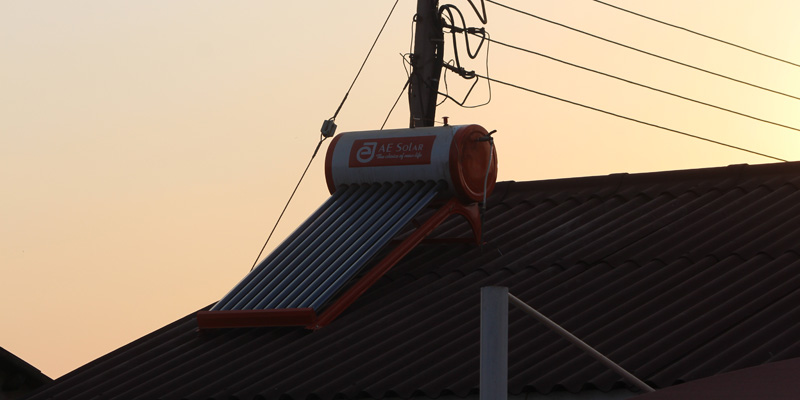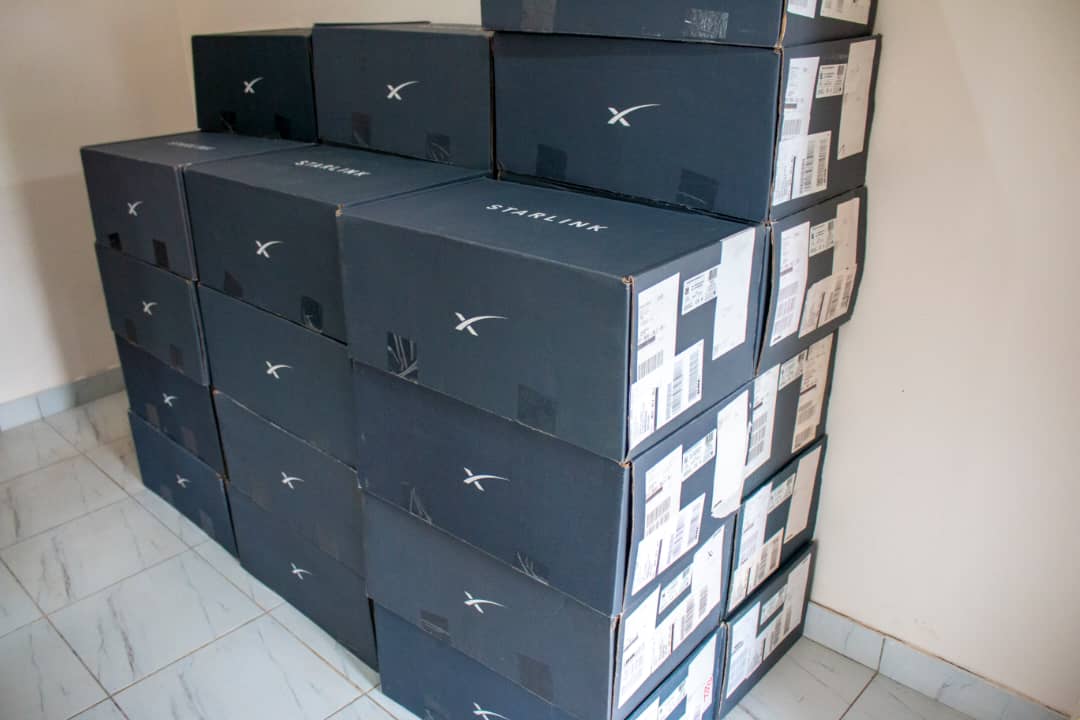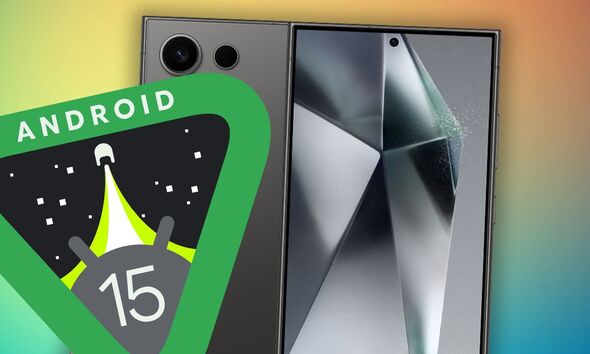Following my exploratory “Countdown to Alternative Energy” write-ups that I have posted over the last two weeks, (Part 1 & Part 2) a few questions have come through.
There have been more enquiries about Solar Power among all the other alternative energy options that are available. That is understandable because we are under the African sun. For the longest time of the year in this part of the world, God has granted us access to the sun. Except for a few isolated days in winter, we have the sun at least for some part of the day every day of the year.
Being under the sun is an indispensable qualification for one to consider this energy option but it is not the only one. In this and following installments, I intend to partly navigate the correct process to get cost efficient and effective solar power in the home as either the preference or as the complimentary option. Solar power is a fantastic source of cheap energy but it is important from the onset to mention that to get to use it in the home as mindlessly as we use grid supply (ZESA for Zimbabweans and Eskom for South Africans etc.), the total outlay for setting up can be huge especially if you are aiming beyond the elementary. However, once the solar equipment is in place, the savings are equally huge and the freedom from the anxieties associated with grid power outages is nothing but divine.
Solar power can practically do anything but the extent to which you can stretch it, depends on the size of the installation you have. The beauty of it however is that a home or business owner can start at the most basic level and slowly build up a massive solar infrastructure over time, in the process weaning oneself from reliance on grid power. For instance, many people will start with just a system that provides basic lighting. This will require an investment in a basic inverter, one or two batteries and a single solar panel on the roof.
After some time, depending on whether you want to significantly reduce your reliance on grid power, you can upgrade by investing in more batteries, a more powerful inverter system and adding more solar panels. The long and short of it is that over a given time-frame, one can upgrade a system from one that initially was meant to light up only a few bulbs to one that can power all home appliances, power tools and if one dares, even offload excess to a local grid. . . . of connected neighbours perhaps!
Many guides have been written about going off-grid with solar power playing a key role in the off-grid living option. Many of the guides have focused on the components needed and how they complement and fit into each other to give a homeowner a power system to rely on and be proud of.
Back to solar power. Before a homeowner even thinks of using solar power in the home for instance, s/he needs to be very clear what they want the set up do for them. Do you want just optional lighting once ZESA takes a hike after a storm or when there is load-shedding? Do you want just to light the home, to continue with life as if nothing has happened when there has been a power outage or do you want to completely do away with the ZESA bill altogether or…?
To have the clarity you need when you call in a technician into the home and also save the poor fellow some time, below is a short lesson on electrical power. This knowledge will be essential going forward.
Let me start by breaking down and simplifying the core part of power: electricity!
For a layperson, the following description of electricity suffices: an invisible substance that comes out of wires and make things like lights, TVs and electrical gadgets work and that it can shock your boots off if you touch it.
In scientific tête-à-tête, it can be described as positive and negative electrons that flow through wires.
The magic that is electricity is made up of 2 major elements, which are Voltage and Current.
Voltage comes in a variety of values from one volt to many thousands of volts. If we take the analogy of a water pipeline, voltage would be your water pressure. The higher the value, the more pressure the water in the pipe has. We use the word voltage to describe all forms of electrical pressure, be it from a battery or ZESA. You are a recognised ‘’electricianado’’ when the symbol “V” on an electrical manual or label means something to you.
Also of various values, current is measured in Amperes, symbolised as “A”. In the same water pipe line as described above, electrical current would be the volume of the water in the pipe.
When looking at the consumption of electricity by an appliance whose rating on the label is 230V at 2A (230 volts drawing 2 Amperes), we understand that to operate the said appliance requires electricity with a pressure of 230 volts and a volume of 2 amperes. Give it more pressure or volume than this and it will explode or get fried! Not to worry though, in most cases the appliance will take the volume it wants as long as the pressure is correct.
Forms of Electricity: –
Electricity comes in two forms viz Direct Current (DC) or Alternating Current (AC)
Direct current (DC): – is commonly the form of electricity found in your battery, and for our purposes it is the electricity generated by your solar panels and stored in your batteries.
Alternating Current (AC):- is as connected to most houses and buildings in most areas of the world via a grid such as ZESA. For our purposes, this is the electricity your inverter will produce to run your appliances like the bulb, the DSTV decoder, the TV, the stereo system, microwave oven, stove or blender in the same way ZESA or a generator would.
Electricity Quantities.
Now that we know the building blocks of electricity, let us quantify it so we know what we need and how to use it.
One of the industry’s most common ways of quantifying electrical content, volume or demand is the term “Watt”. This is the measure by which ZESA understands our usage and bills us. (We will discuss a little more about this in the coming weeks).
The watt is named after that fellow who invented the steam engine, Mr. Watt. The watt is the most common unit of energy you should ideally be familiar with.
A watt is a measurement of work just like a litre is a measurement of liquid. Solar panels are rated in watts. Demand and power usage is also measured in watts.
Whoosh!!! I hear you say, All that gobbledygook is a step back into that physics class that you bunked or it did not sink in during the lesson or you missed it altogether because you had a headache. As sure it was then, it may not have sunk in now. I understand. I also had an upset stomach every time we had a date with the science lab during my school days because the smell of experimental chemicals from the Chemistry class before ours did not always sit well with me!
If something got lost as you read the above tutorial, please read through again and if it still is incomprehensible, send any queries which can be answered directly to you to tech@clamorepower.com. Believe me, even the simplest question is a pleasure to deal with. Your questions will also assist me to communicate this science of power better! You can also visit our FAQ page for more information.
If no questions warrant a rehash of the above tutorial in the next installments, then let me give you a heads-up about the plan for the next installment: I plan to discuss Ohms Law. In discussing this law, I will be leaning towards something more practical for our purposes: How to calculate power usage in the home!














Comments
2 responses
Maybe it’s trivia but I just feel it could be misleading.
The Watt is not: “common unit of energy” as you have put it. It is in fact the rate of doing work or energy over time, a unit of power. This implies that when one wants to then calculate energy consumption you are multiplying the power rating (Voltage x Current) and the time that electricity was ‘drawn’
In this context Energy = watts x seconds